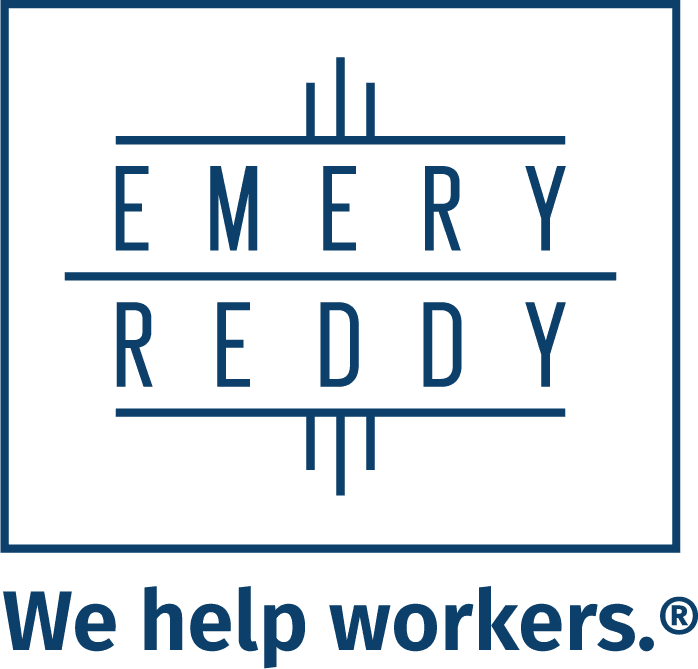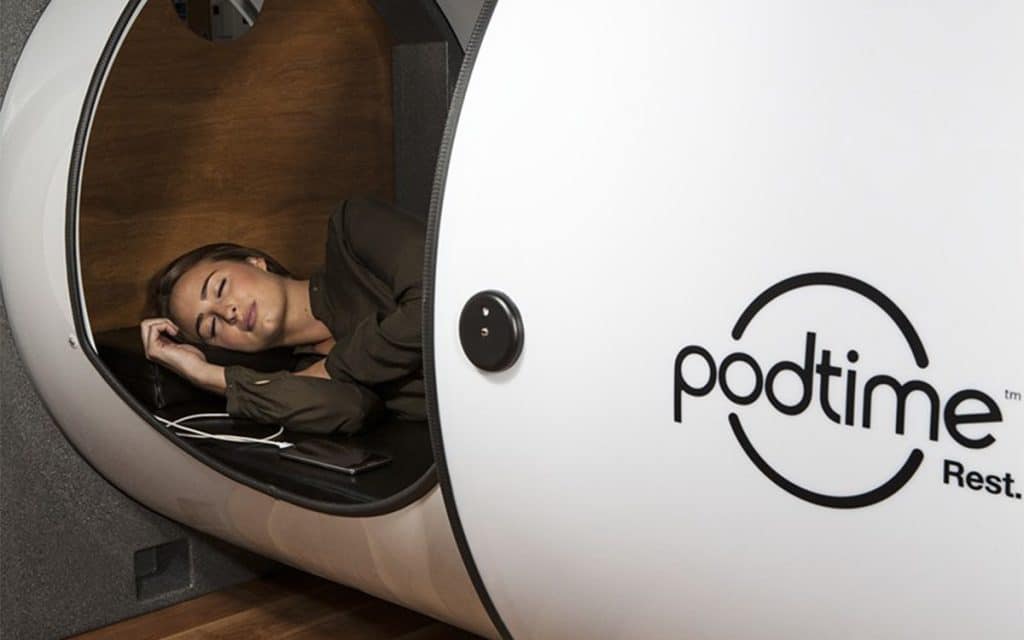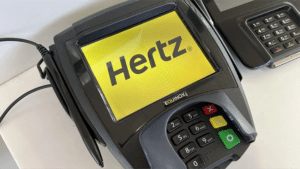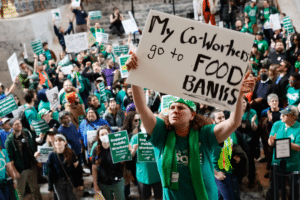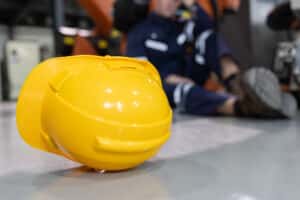“Sleeping on the job has long been frowned upon, but office napping may finally be climbing out from under the desk.” So ran the headline in a recent Chicago Tribune story.
The number of employers who encourage sleep-deprived employees to take a short nap during the workday is on the rise, and they are even providing rooms—or high-tech napping pods—to help workers get a good snooze. The practice results in a more productive workforce and, hopefully, the end of nodding off in the middle of sales meetings.
At least 30% of Americans don’t get the recommended seven hours of sleep every night, according to the Centers for Disease Control and Prevention. This results in a number of serious problems, from health issues to mistakes at work. The problem is also expensive. Sleep deprivation costs economic losses of $411 billion every year, according to a Rand Corp. study. That comes out to the equivalent of 1.23 million working days lost every year from insufficient sleep.
Innovative businesses like Google have been giving nap spaces to their workers for more than a decade now, but in the mainstream workplace, it remains a somewhat guilty endeavor—even a fireable offense. In some corporate cultures, being sleep-deprived is even a badge of honor.
There’s a perverse sense of prestige for how little you sleep in our society, said Sara Mednick, an associate professor of cognitive science at the University of California at Irvine and author of a book on the benefits of napping. “The idea of napping in front of people while they’re all working really hard—there’s not a lot of respect for that.”
Yet corporate culture is changing. Eastlake Studio, a Chicago architecture and interior design firm that serves the needs of both businesses and individual clients, has seen a significant uptick in demand for designated rest spaces where napping is encouraged.
“They’re just looking for places where people can go get re-energized,” said Tom Zurowski, founding principal of Eastlake. “Certainly that need to just get away from all the noise and maybe take a nap is one of the options they want to provide.”
Clients of Eastlake are installing everything from relaxation areas to meditation rooms. While Eastlake does not yet offer a designated napping room with beds, the spaces do feature couches, recliners, and even massage chairs designed to help employees wind down.
Yet napping in the office doesn’t have widespread approval. And with 40 to 50 percent of adults falling asleep on the job on a regular basis, Mednick said, people have to find creative ways to sneak in a snooze—going out to their cars, finding a park bench, slipping into the library or a coffee shop to nod off where supervisors and co-workers.
Yet in other places in the world, napping doesn’t haven’t the same stigma it carries in the U.S. In China, for example, workers frequently take a break after lunch and sleep with their heads on their desks for about an hour, according to the National Sleep Foundation.
Yet demand for work-based nap places in the U.S. has gotten significant enough that manufacturers have developed pop-up sleeping accommodations for offices not necessarily designed for shut-eye.
Two European manufacturers recently unveiled nap pods to the American market at the NeoCon commercial interiors show in Chicago
Silence Business Solutions, a 3-year-old French company, rolled out “The Dream Box”, a $19,000 wooden “recovery cocoon.” The windowless, soundproof pod features 12 light and sound atmospheres programmed to gently guide the user through a 15-minute power nap, controlled by a touch screen. It also includes a small bed.
Framery, a company based in Finland, rolled out its own napping pod at NeoCon, a variation on its glassed-in, soundproof meeting pod. The $20,000 NapQ contains two cushioned chairs that flatten out into a bed. The drawback of this model is that nappers are visible inside the pod, so there’s no anonymity when taking a nap.
“You can equip it with some kind of curtains to have some visual privacy as well,” said Samu Hallfors, CEO of Framery.
Paul Ritten, a project manager for commercial flooring company Hudson Everly, eagerly climbed into The Dream Box during NeoCon. A former football player for the University of Florida and a big fan of office naps, Ritten splayed out on the bed and sealed the door. An external red light indicated the pod was occupied as Ritten passed out.
Several minutes later, the door opened, and Ritten emerged with a smile on his face, clearly happy with the accommodations.
Ritten became a fan of napping while playing football at Florida in the mid-1980s under coach Charley Pell, who promoted the restorative benefits of a 20-minute post-lunch nap. It’s now a daily routine he’s carried on in the business world.
The flooring company provided a designated nap area in a small lounge room with couches and a few chairs. Ritten slips in every day for a 15-minute afternoon nap. “We’re there early; we go home late,” Ritten said. “Sometimes you just need that little time to recharge and turn a light out and close your eyes for a minute.”
While Ritten liked the ambiance and privacy of the napping pod, the $19,000 price tag was a rude awakening. “That’s a little pricey compared to a recliner,” Ritten said. “We can buy a $400 chair.”
